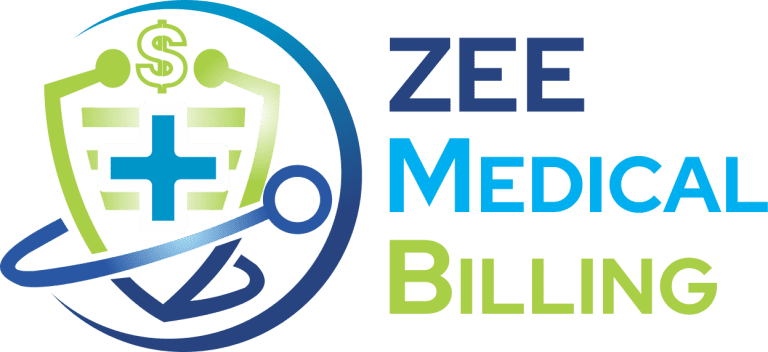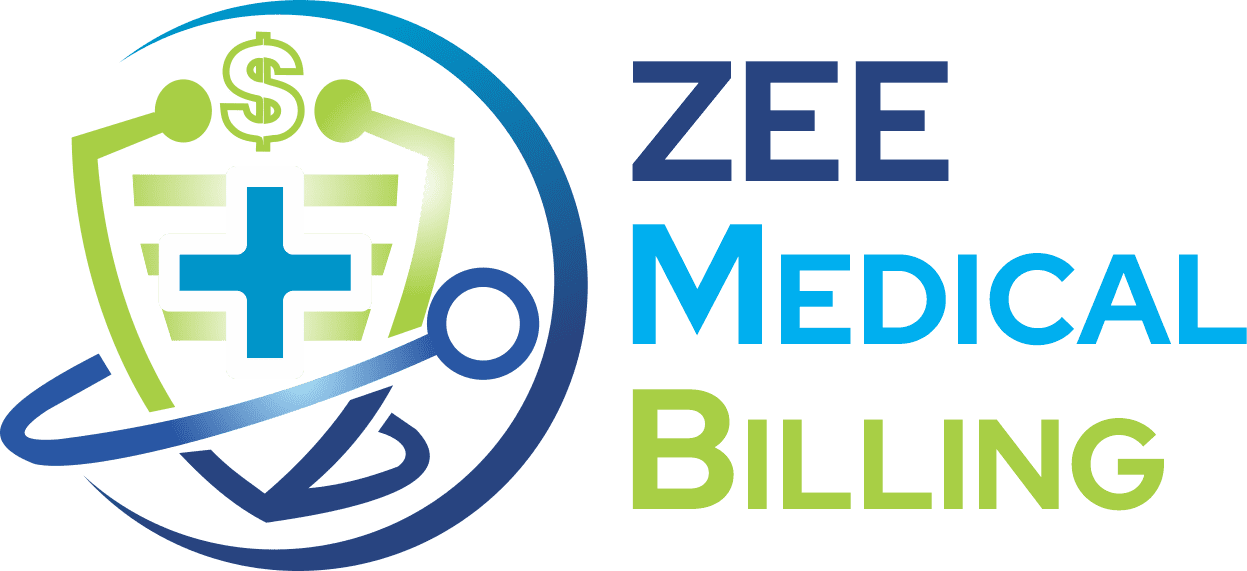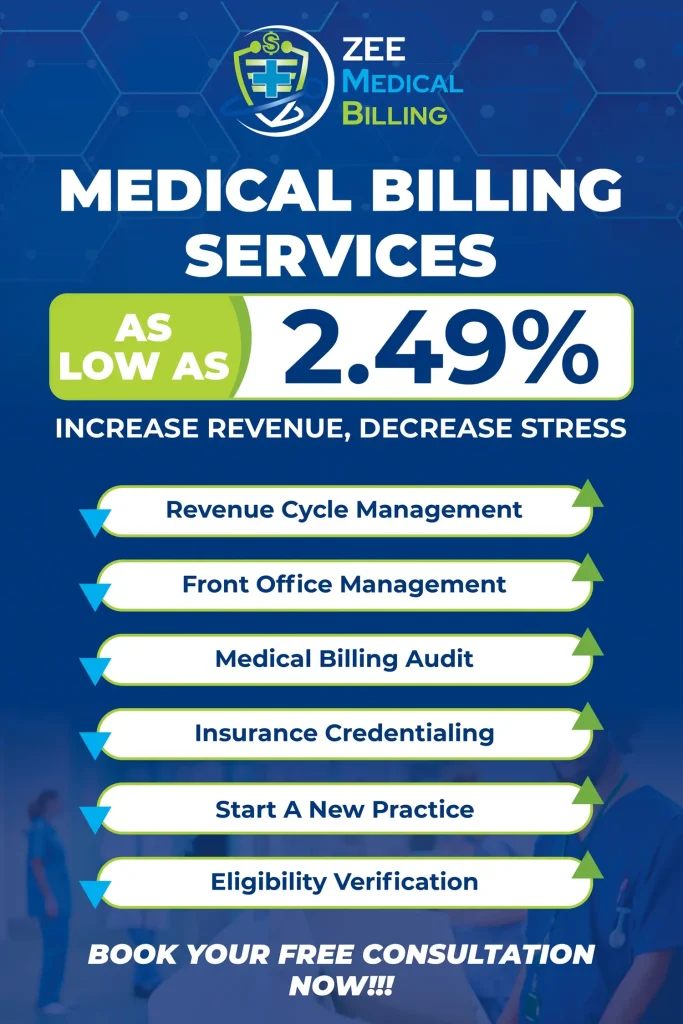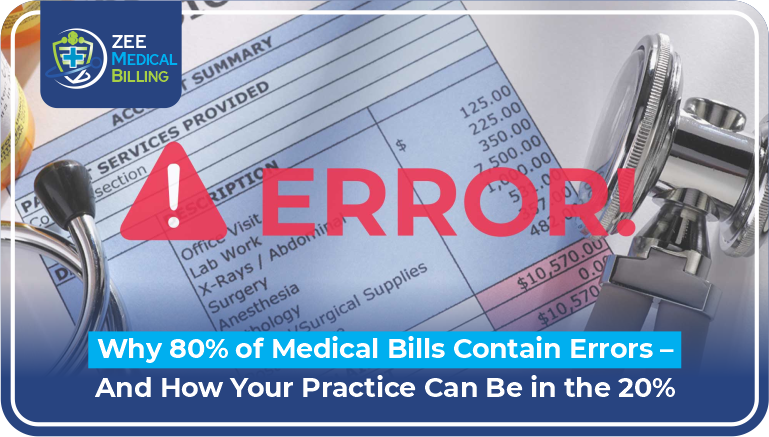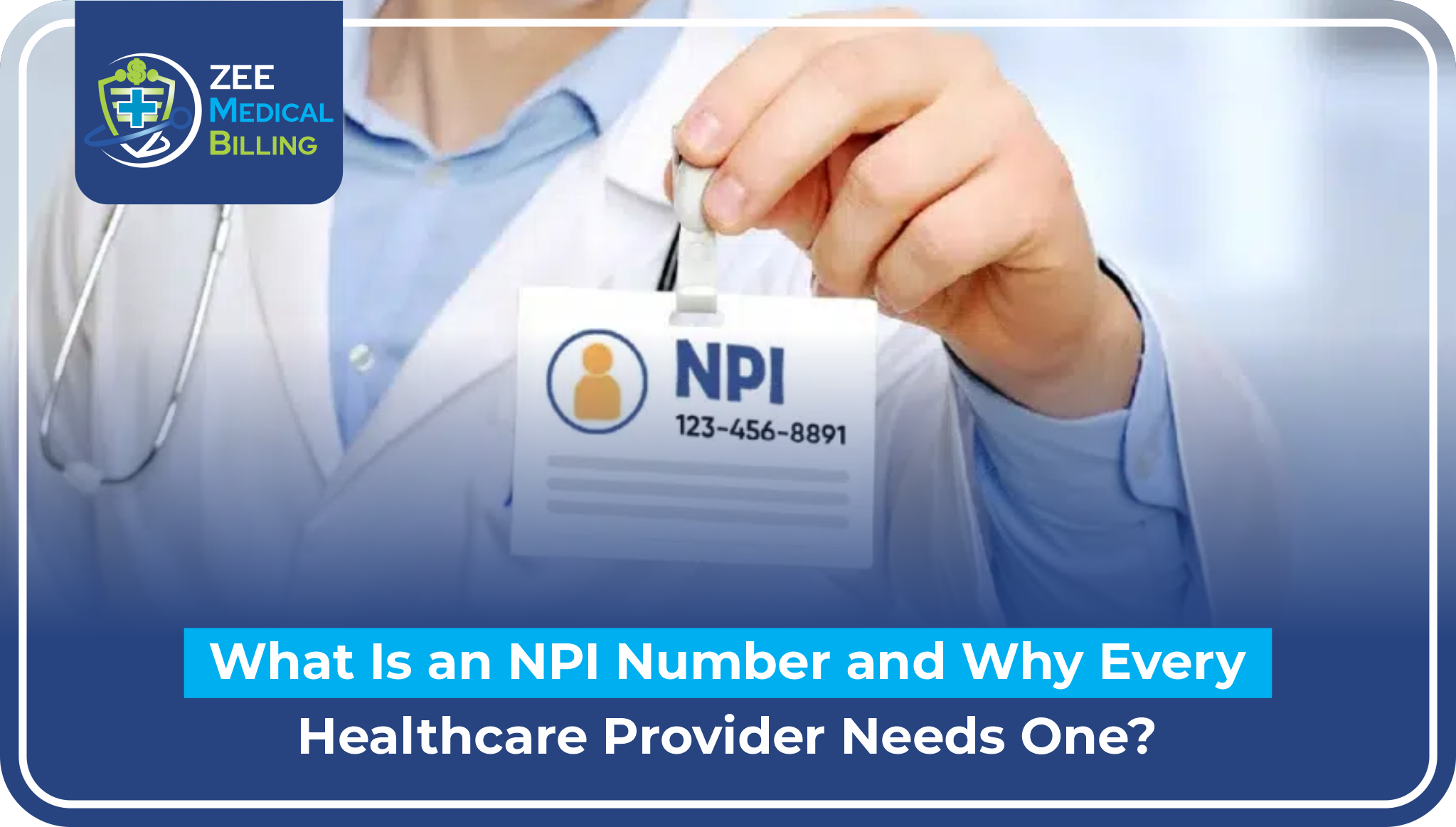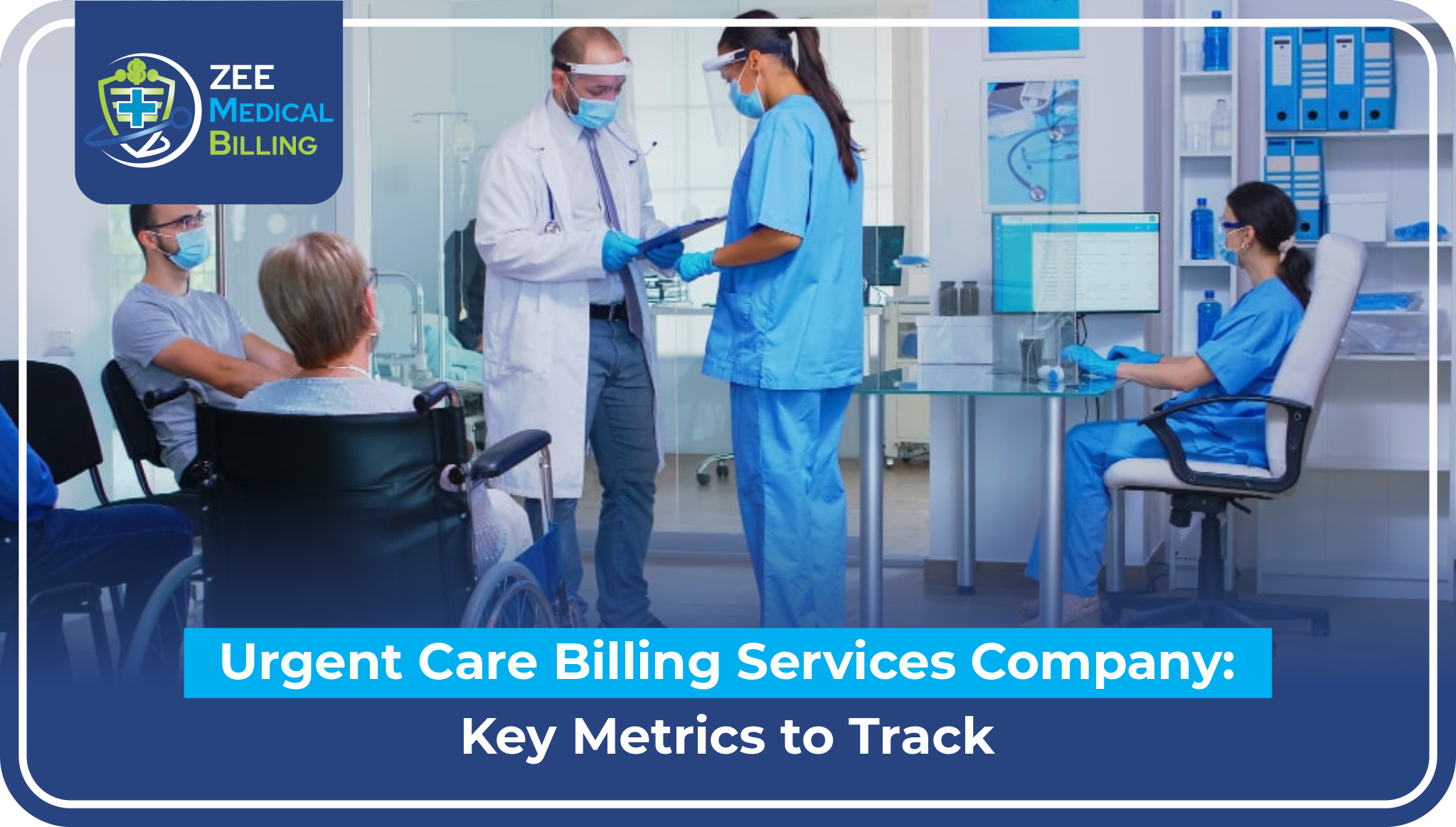Hospitalists play a basic part in current medical services, overcoming issues between primary care physicians and concentrated care in clinics. While patient consideration is the main concern, improving billing processes is important for guaranteeing the financial strength of any hospitalist practice. The following are three proven strategies, or “hacks,” to assist hospitalists with maximizing benefits without compromising the quality of care.
1. Influence Precise and Thorough Documentation
Precise documentation is the cornerstone of effective billing. Incomplete or ambiguous records can prompt under-coding, denied cases, or compliance issues.
Use Templates and Tools:
Execute electronic health record (EHR) templates to guarantee all basic data is caught reliably. Consider putting resources into tools that help with coding and documentation, such as natural language processing (NLP) software.
Catch the Complexity of Care:
Ensure documentation reflects the true complexity of patient consideration, including comorbidities, time spent on persistent training, and coordination of care. For example, if a patient has numerous chronic conditions, obviously report what these conditions mean for the treatment plan.
Educate your team:
Routinely train staff on current ICD-10 and CPT codes to stay away from missed opportunities for legitimate billing.
Read More: Common Issues with Healthcare Revenue Cycle Management
2. Optimize Coding Practices
Precise coding directly influences reimbursement. Hospitalists should limit coding errors while expanding revenue.
Figure out E/M Levels:
Evaluation and management (E/M) codes are basic for billing hospital visits. Get to know the refreshed E/M rules to guarantee the best levels of services are charged. Continuously report the medical decision-making process and the time spent on care.
Review Denied Cases:
Analyze patterns in denied claims to recognize and rectify repeating issues. Set up a system for rapidly addressing denials and resubmitting claims with revised data.
Use Modifiers Carefully:
The right use of modifiers can have a significant effect. For example, using modifier -25 can demonstrate that a huge, separately identifiable E/M help was given around the same time as a system.
3. Implement Real-Time Auditing and Monitoring
Consistent auditing and monitoring of billing practices can assist with distinguishing inefficiencies and areas for development.
Real-Time Audits:
Use software that flags coding errors or potential under-coding progressively. This proactive methodology limits revenue loss and guarantees consistency with guidelines.
Read More: How Laboratory Billing Services Save Lives
Track Key Performance Indicators (KPIs):
Monitor metrics like denial rates, normal repayment per experience, and days in accounts receivable. These KPIs give significant insight into your billing processes.
Engage Professional Billing Services:
If in-house billing becomes overpowering, consider moving to an expert medical billing service that spends significant time in hospitalist practices. They can assist with guaranteeing claims are optimized for reimbursement and follow up on unpaid claims effectively.
Bonus Tip: Remain Updated on Industry Changes
The medical care billing scene is continually developing, with continuous updates to coding rules, payer requirements, and repayment models. Stay ahead by buying into industry newsletters, going to online classes, and networking with peers in the hospitalist community.
Conclusion
Boosting profits in hospitalist billing requires an essential methodology that combines exact documentation, enhanced coding, and consistent monitoring. By using these three hacks, hospitalists can further develop income cycles, diminish claim denials, and spotlight what they specialize in—giving excellent patient care.
